In keeping with my recent learning with java design patterns, I have been learning about the Factory Design Pattern. It is defined as a creational pattern by the Gang of Four and is very widely used because of the plethora of applications that it has. This seemed to be one of the best design patterns to learn as I saw a great many recommendations to do so in my research on design patterns. In the Factory Method Pattern article from Java T Point, the design pattern is made by, “[defining] an interface or abstract class for creating an object but [letting] the subclasses decide which class to instantiate.” In other words, if the client requires multiple similar behaviors, the Factory Design Pattern is used to choose the required subclass instance to complete the required behavior. The article outlines the key advantages to this design pattern, including the promotion of “loose-coupling” because of the lack of application specific classes into the code. It then gives a couple of examples for usage including a class not knowing what subclasses will be required. There is then a simple UML diagram which shows a small example of how an electricity bill may be calculated using the Factory Design Pattern. This example is then expanded upon. First, an abstract Plan class is created. It contains an abstract getRate method and a concrete calculateBill method. The subclasses show the real usefulness of the design pattern. There are 3 subclasses: DomesticPlan (with a rate of 3.50), CommercialPlan (with a rate of 7.50), and InstitutionalPlan (with a rate of 5.50). Each class implements the getRate method, which sets the Plan class’s rate variable to their respective rates. From here, a GetPlanFactory class is created which uses the Plan class and its subclasses to return a Plan object. The one method here is getPlan, which takes a string variable and has a set of if statements, each of which returns a different Plan subclass object depending on the string. Finally, the GenerateBill class is the one which the client interacts with. It asks the client the name of the plan needed, which the PlanFactory class uses to return an object of the one of the Plan subclasses. Then, units of electricity are taken from the client. The Plan subclass object then calls getRate to get the rate associated with the plan, and then calculateBill to tell the client the total charge for electricity usage. Although the explanation seems complicated, it is quite simple and clean in implementation, and extremely useful when one does not know which of a given set of behaviors will be required. I expect I can use this design pattern quite frequently in my personal, school-related, and professional coding.
From the blog CS@Worcester – Marcos Felipe's CS Blog by mfelipe98 and used with permission of the author. All other rights reserved by the author.




